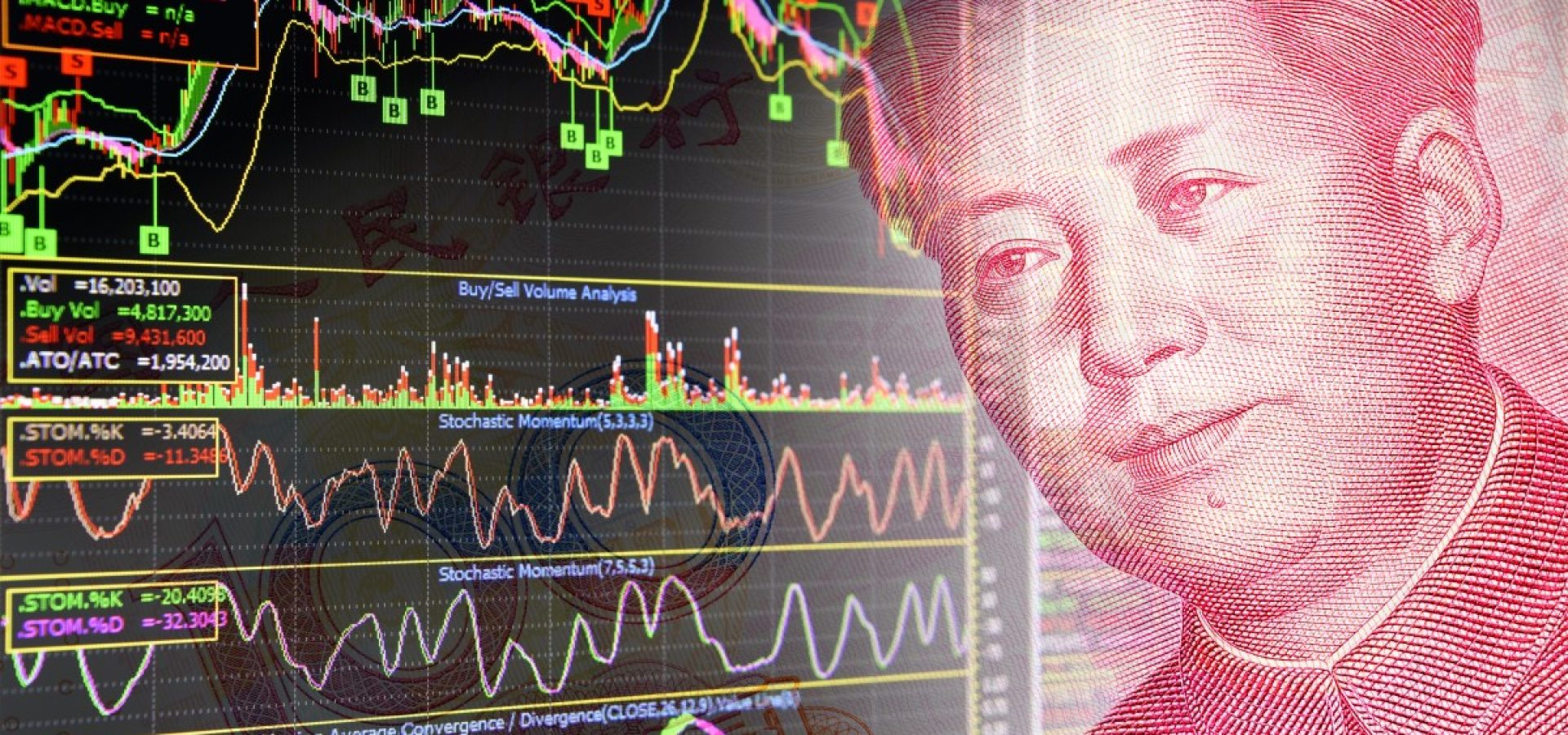Over the past three decades, China, a powerhouse in the world food trade, has experienced remarkable economic and population growth. From 1990 to 2020, the Chinese population surged by almost 25%, accompanied by an impressive average annual GDP growth of 9%. This rapid expansion led to a substantial increase in food consumption, driving China to heavily depend on food imports due to challenges in sustaining crop production across its diverse China provinces.
New China: Shifting Dynamics in Population and Economy
Significant transformations are underway as the New China emerges. These are characterized by a slowing economy and a shrinking population resulting from declining birth rates. Despite the relaxation of the “one-child” policy in 2016, birth rates have consistently dwindled. Forecasts predict the first population contraction in six decades. This demographic shift, coupled with a deceleration in food demand growth, is reshaping the country’s approach to food security, affecting Chinese jobs in sectors like agriculture and trade.
These changes have profound consequences, particularly for the agricultural and food export sectors. The slowdown in Chinese demand growth has implications not only for the domestic market but also for global food and agriculture, affecting key players such as Brazil.
Global Ripples from Slow Demand
Over the past 30 years, China’s annual animal protein consumption witnessed a staggering 277% growth, totalling 15.9 trillion kilograms. However, projections for the next 25 years anticipate a more moderate 29% growth, amounting to 6.3 trillion kilograms. This slowdown has worldwide reverberations, particularly impacting Brazil.
China’s soaring soybean demand drove an increased output from Brazil. As Chinese demand wanes, the growth in Brazilian supply may necessitate a reevaluation. The potential deceleration in Brazilian exports could redirect more produce towards domestic markets, affecting global trade dynamics and the fortunes of industries interconnected with China, discussed in various China exchange forums.
The evolving narrative of Chinese demographics and economic trends holds the potential to reshape global food markets. The decline in birth rates and slowing economic growth have shifted China’s food consumption patterns, directly impacting agriculture and food exports and echoing through industries and economies globally. In navigating the evolving landscape of China, businesses and policymakers must adapt strategies to align with these dynamic changes.









COMMENTS